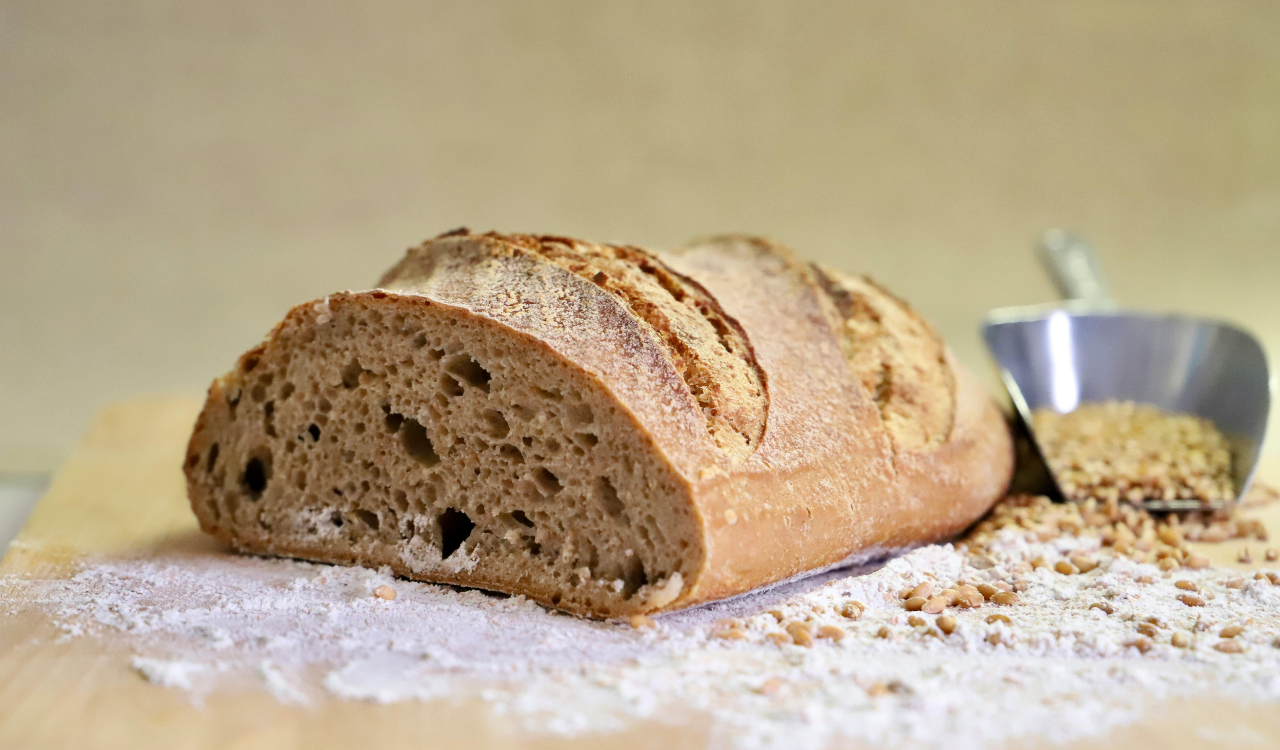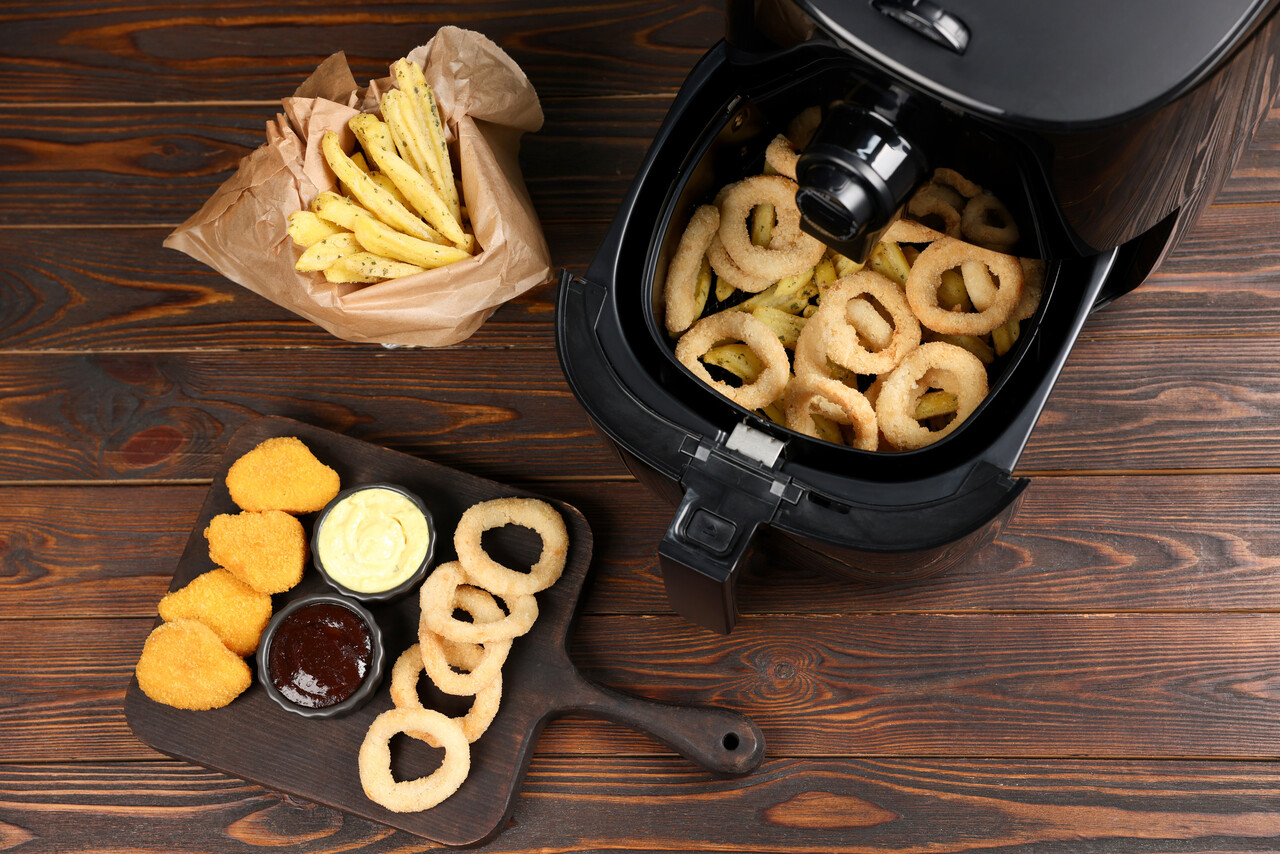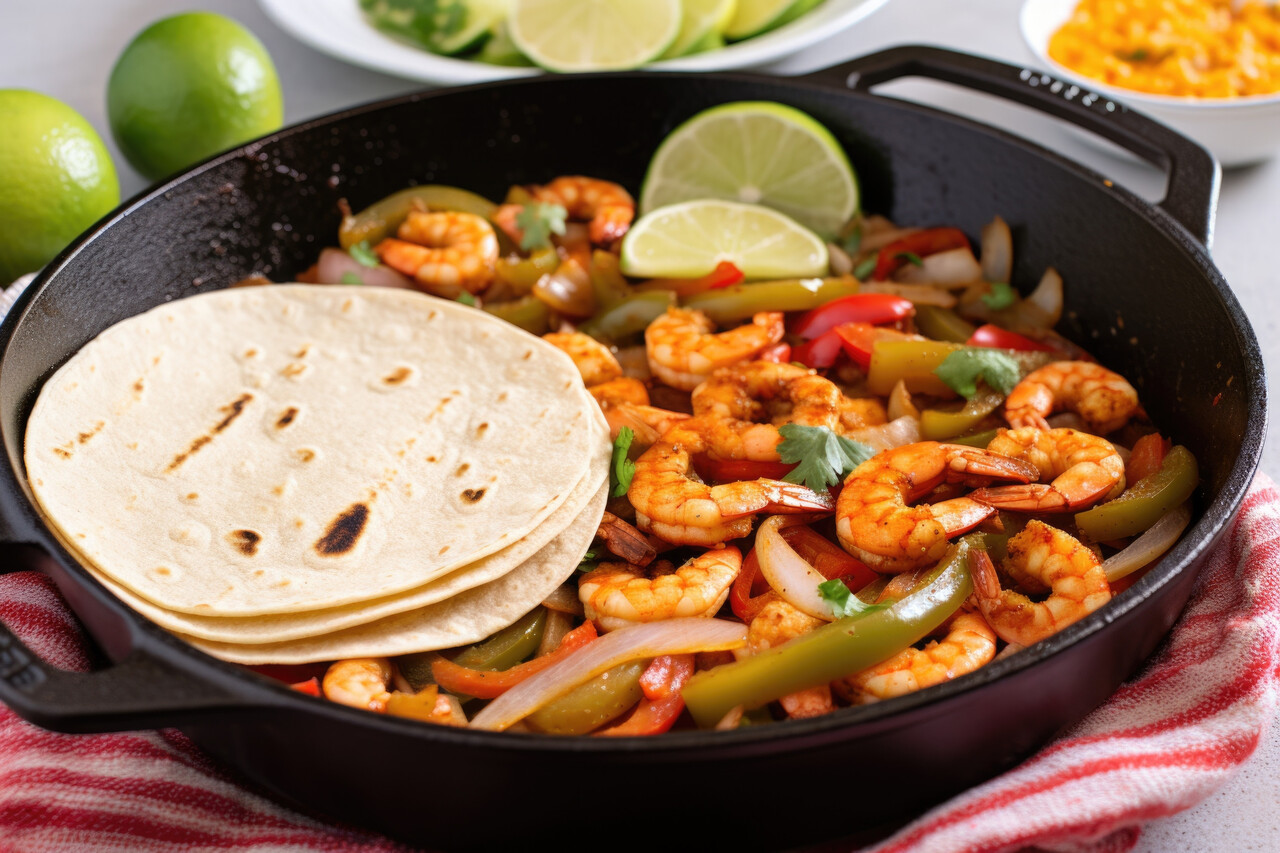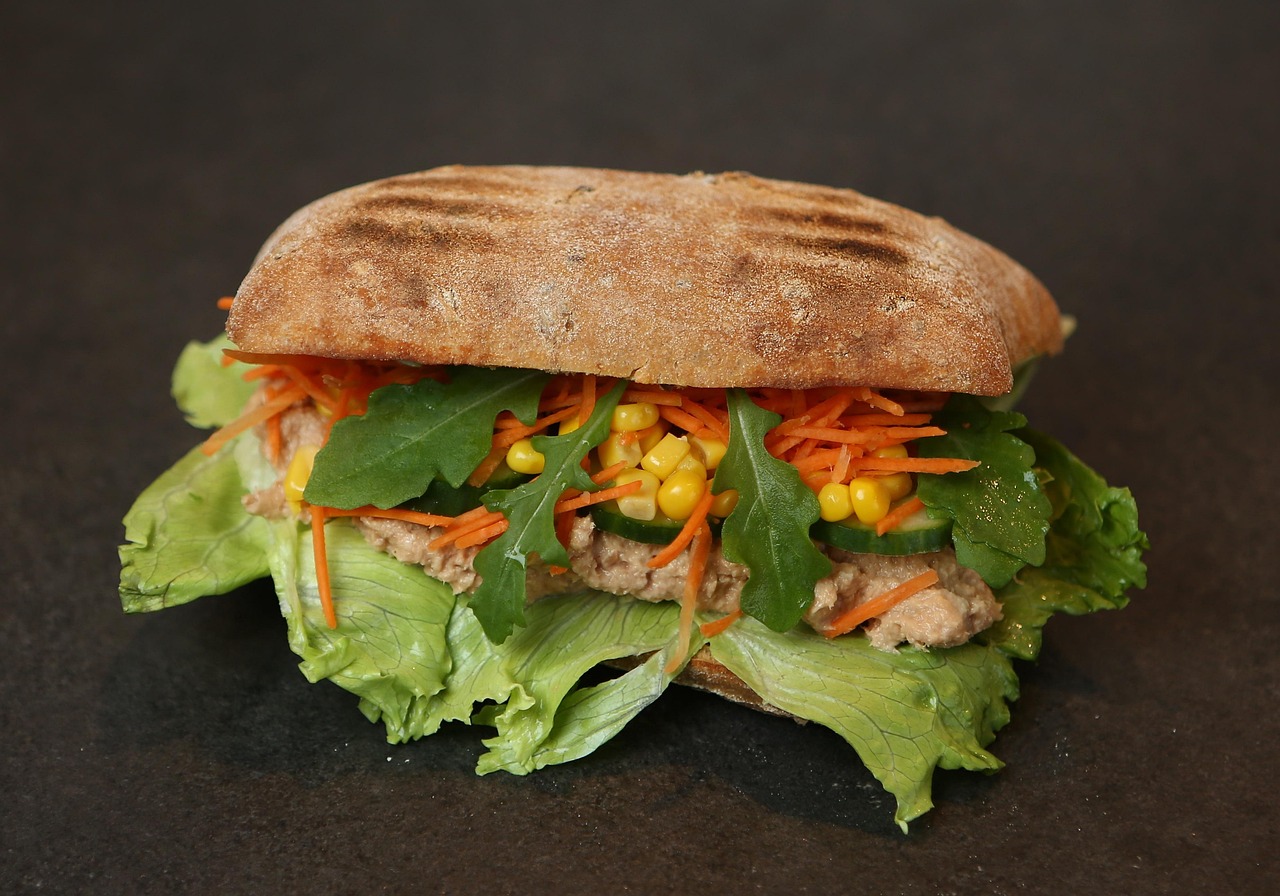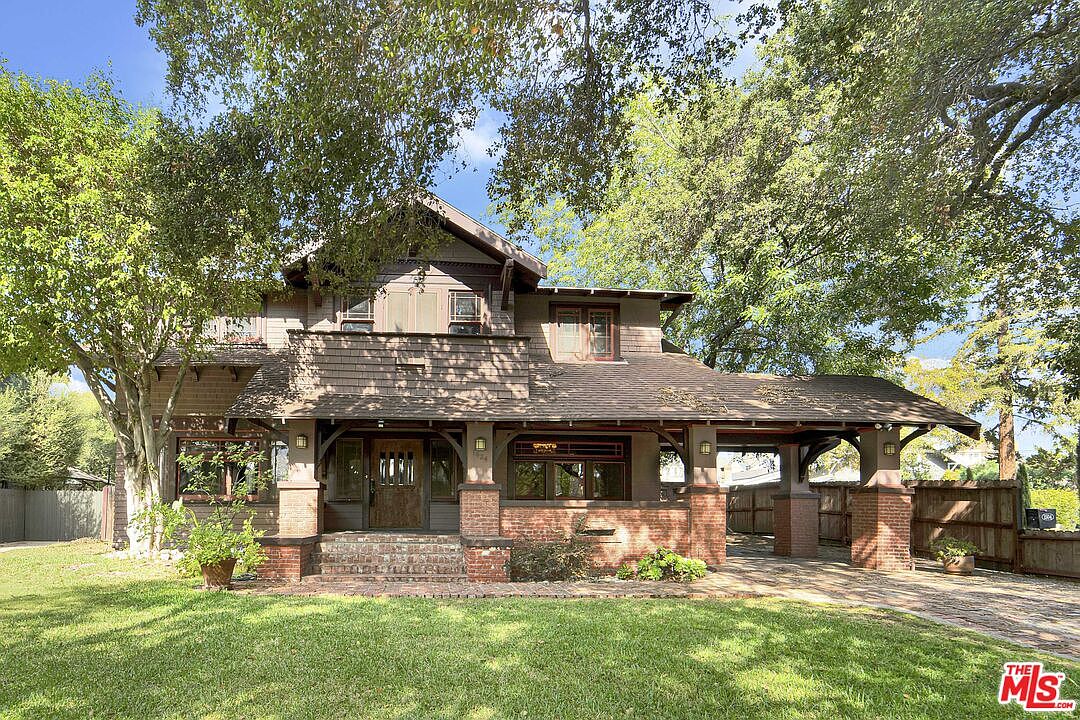12 Apartment‑Friendly Grilling Ideas Without Smoke Drama
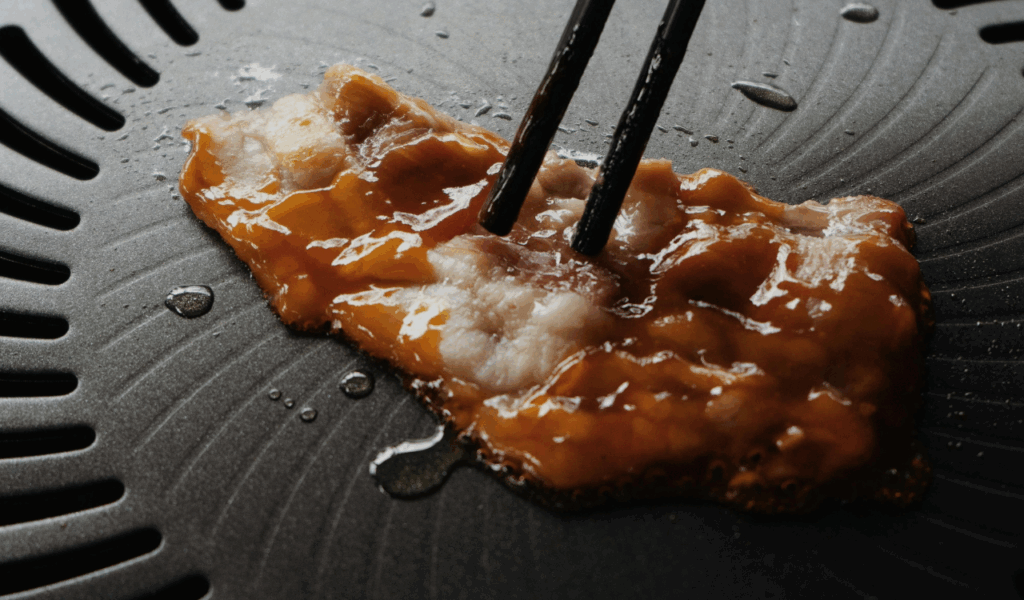
Particularly if you live in an apartment, grilling doesn’t have to result in tripping fire alarms, billowing smoke, or irate neighbors. You can achieve those mouthwatering charred flavors without the drama by using smart tools, astute adjustments, and clean-cooking ingredients. In order to enjoy grilling indoors or in small outdoor spaces with little smoke, fuss, or danger, these 12 ideas cover techniques, recipes, equipment, and safety advice. Let’s spark your imagination—everyone can enjoy delicious, simple, and smokeless grilling.
1. Use a Smokeless Electric Indoor Grill
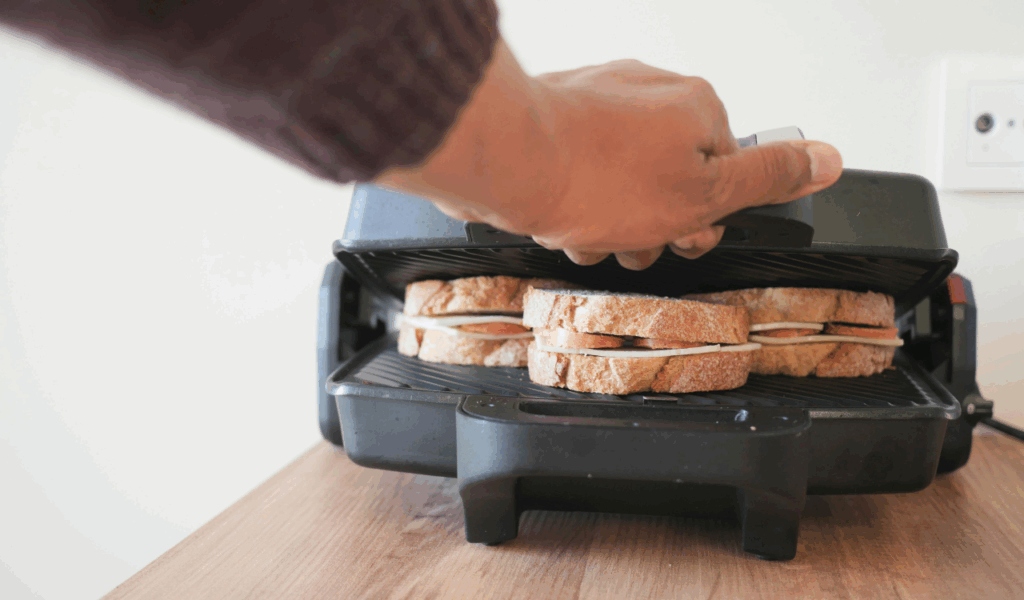
Smokeless electric indoor grills are made for apartment living; they use electric heating elements rather than charcoal or open flames, and they frequently have water trays or drip trays to catch grease before it burns. These designs reduce flare-ups and airborne particles because fat burning is the primary source of smoke. Select one that has a temperature control that can be adjusted so that you can sear lightly without getting too hot. These grills produce flavor and char marks with significantly less smoke when used in a kitchen with adequate ventilation (hood fan, open windows).
2. Grill Pan or Cast‑Iron Skillet on the Stovetop
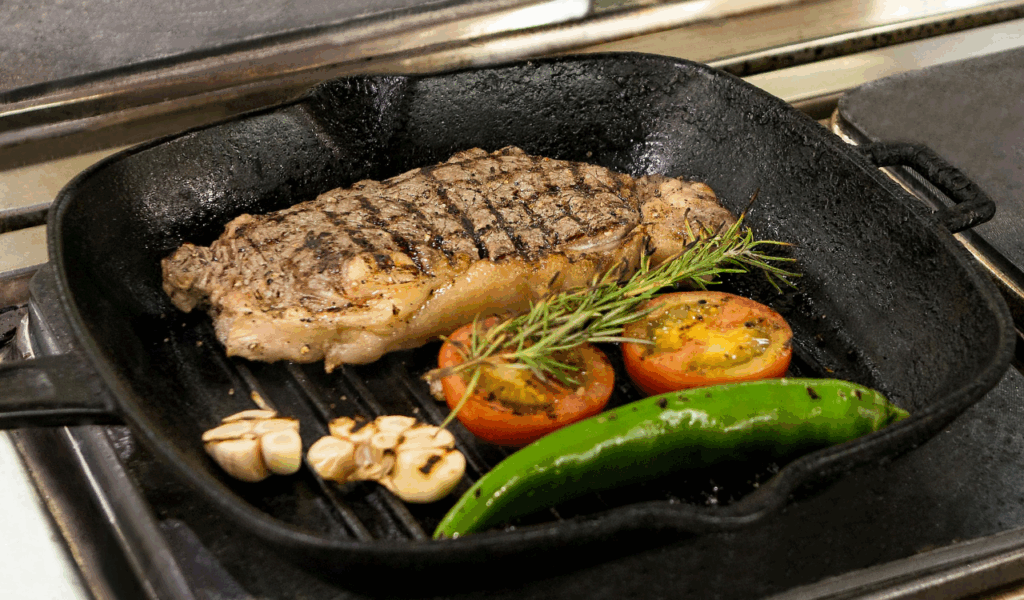
You can simulate grill lines and char without having to be outside by using a cast-iron skillet or ridged grill pan on a burner. To minimize dripping and fat splatter, preheat the pan thoroughly, use lean cuts (trim fat), brush it lightly with oil, and don’t pack it too full. By preventing fats from accumulating and burning, the ridges help cut down on smoke. To finish cooking without significantly increasing surface smoke, place a lid (or tented foil) over the food for a brief period of time. A stovetop pan can feel almost grilled with the right technique.
3. Broiling in the Oven
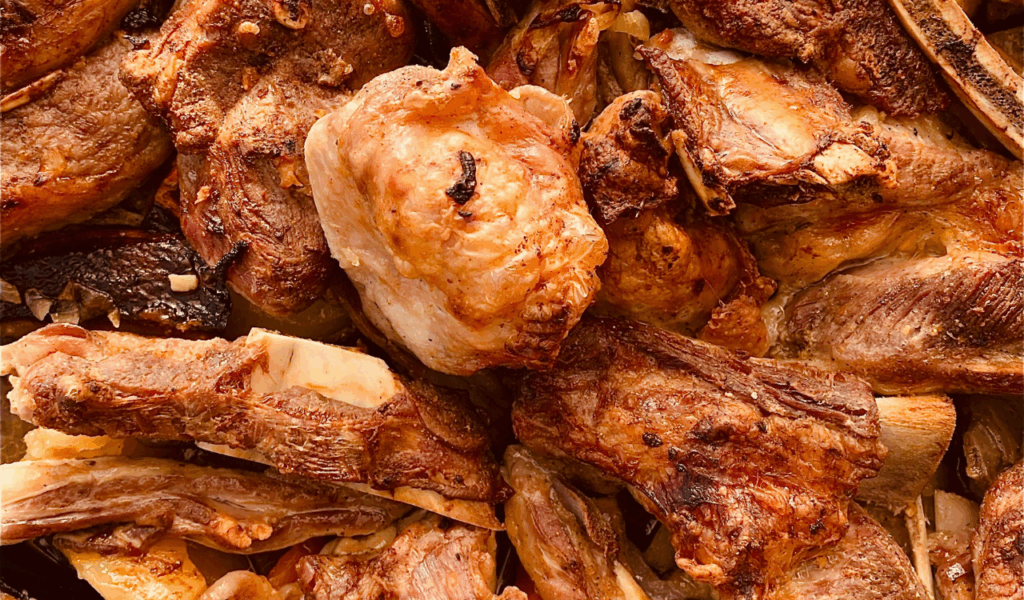
Similar to a grill, the broiler in your oven produces intense heat from above that can char the top of meats, seafood, or vegetables. Use a broiler pan or wire rack to allow air to circulate underneath, place the rack slightly lower (not directly next to the heating element), and remove any extra fat before beginning to minimize smoke. Fully preheat the broiler. Allow vents to function after broiling, or open a window and switch on exhaust to deal with any residual fumes. For a crusty texture, it works wonders.
4. Use Marinades & Rubs that Resist Smoking
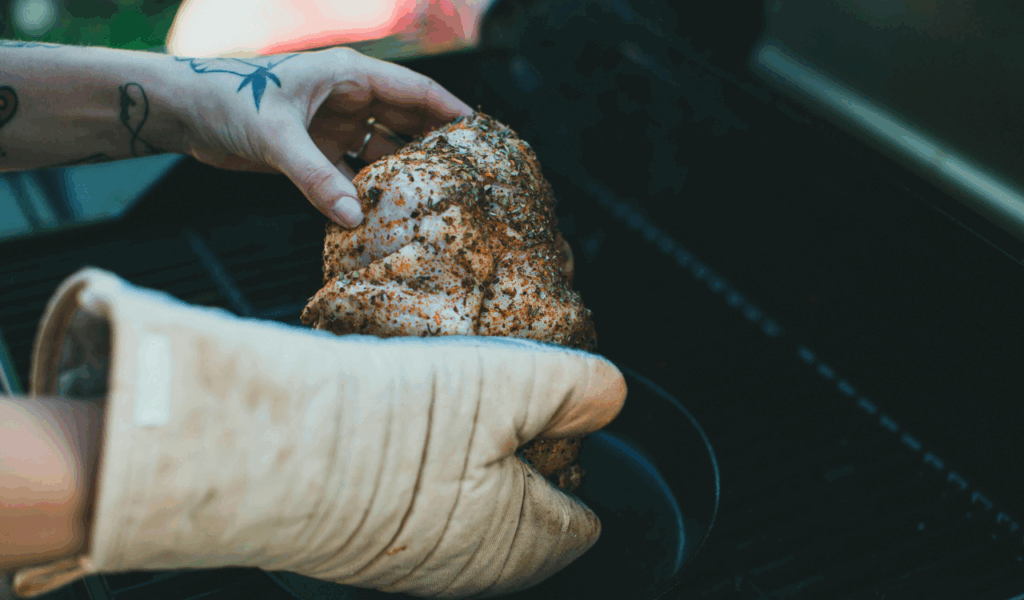
Smoke production is greatly influenced by your preparation and seasoning choices. Choose marinades or rubs with less sugar, or use sugary glazes near the end of cooking, as heavier, sugary sauces have a tendency to burn and smoke easily. Instead of using thick sauces, try using acids like lemon, vinegar, or yogurt, as well as herbs and spices, smoky paprika, or chipotle powder. Additionally, drying the meat or vegetable surface before cooking helps minimize drip-sizzle that causes smoke and steaming, which can impede browning.
5. Grill Vegetables and Fruits, Lean Proteins
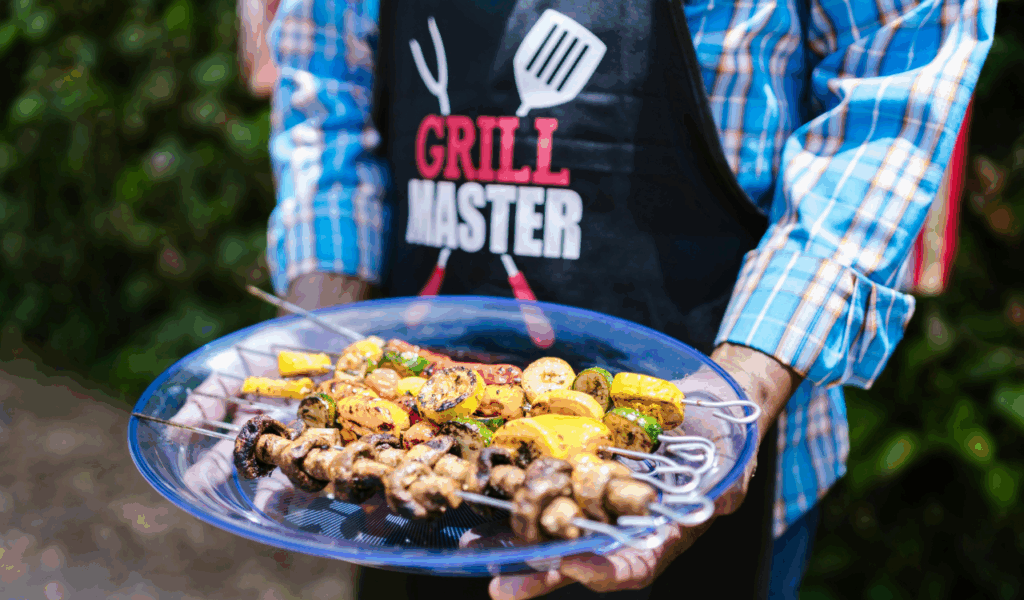
Compared to fatty cuts or marbled meats, vegetables, fruits, and lean proteins like chicken breast, fish fillets, tofu, or lean steaks emit significantly less smoke. Keep the oil light, turn frequently, and slice the food to ensure it cooks quickly and evenly. Grilling can even cause fruits like pineapple or peaches to caramelize without the need for thick sugar sauces. Less grease drips and burns when lean proteins are used. This reduces the amount of smoke while maintaining a high flavor and lowering the possibility of greasy splatters or smoke alarms.
6. Use Wood Chips in Foil Packets or Smoker Boxes
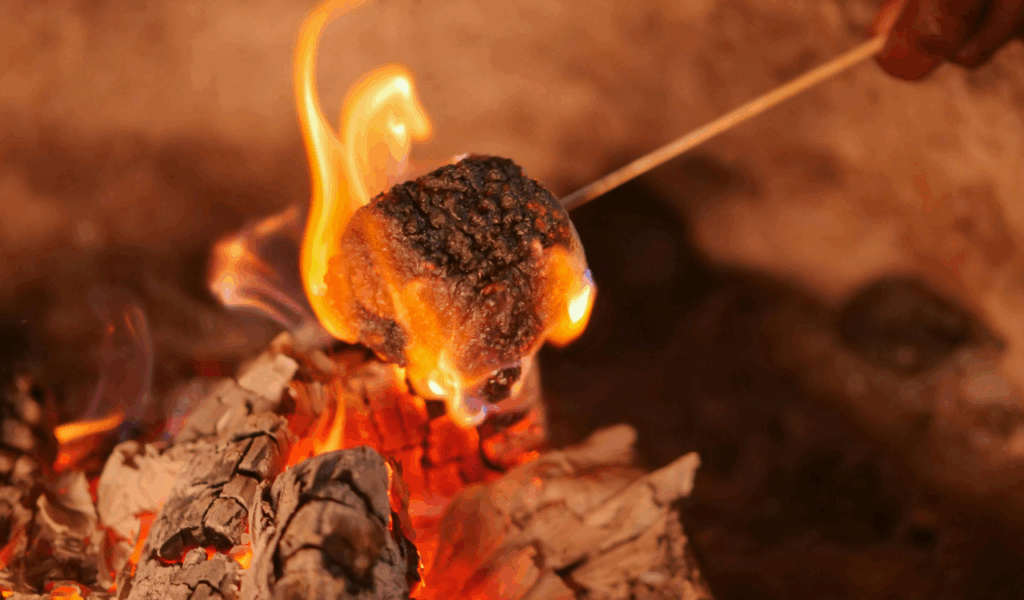
Try using small wood chip packets or a smoker box (if it works with your stove or indoor grill) if you can’t use open flame but still want the smoky BBQ flavor. Soak wood chips, cover with foil or a metal box, puncture to let smoke out, and set close to the heat source. You get flavor and aroma without large flames, and the smoke that escapes is mild. To lessen harsh smoke, make sure vents are open and positioned just off direct heat. Apple, cherry, or hickory are examples of mild woods that add flavor without being harsh.
7. Finish with a Torch or Blowtorch
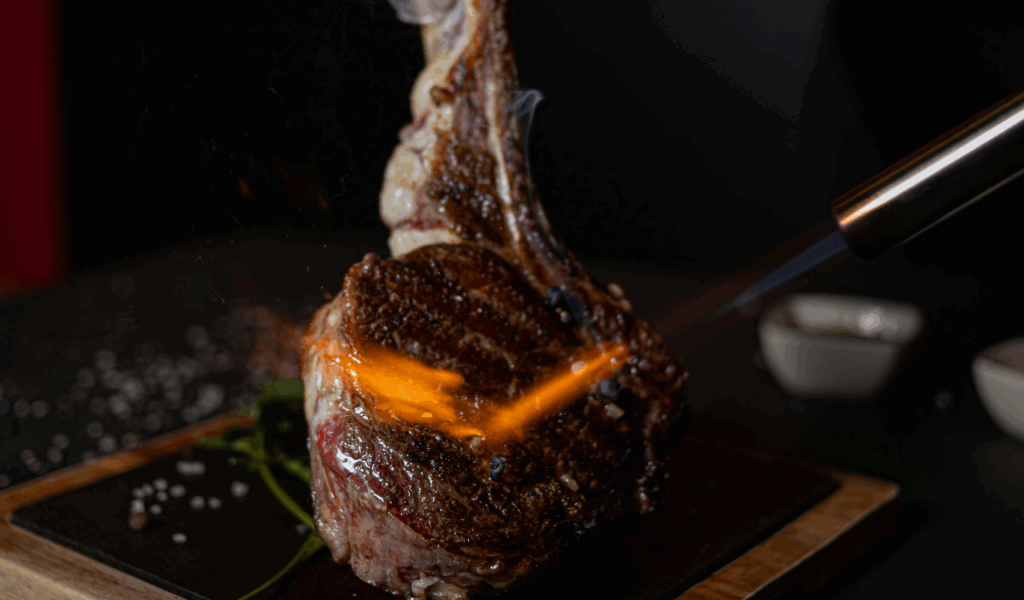
A culinary torch can be useful for foods that require the final touch of char or crisping (think skin, edges, and crusts). Use the torch just long enough to caramelize, char, or blister the surface after cooking it mostly through using another method (oven, stovetop, or indoor grill). There isn’t much smoke because you’re only using the torch briefly. Be cautious: limit the amount of time you spend using a torch, make sure there is adequate ventilation, and keep safety equipment close at hand. creates a striking effect without using full-scale flame grilling.
8. Grill Skewers or Kabobs
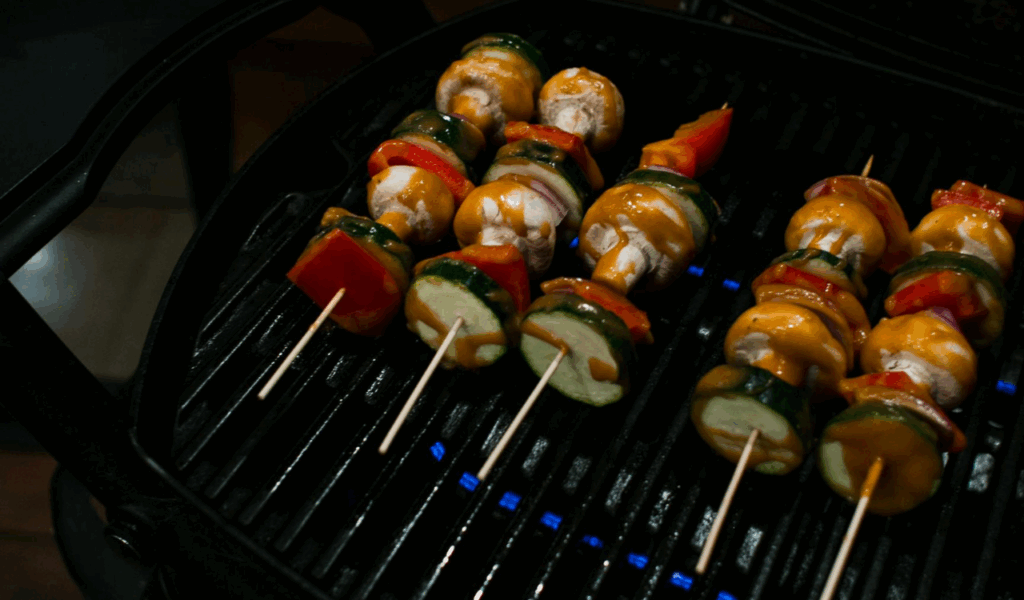
By skewering meat, vegetables, or even fruit, you can grill them into smaller pieces that cook more quickly, minimizing the amount of time they are exposed to heat and smoke. Utilize broilers, grill pans, or indoor grills; to balance cooking, switch up the vegetables and protein. To ensure even grilling, cut pieces evenly. If using marinades, shake off excess before skewering; minimal fat or trimming fat helps. Because smaller pieces cook faster and produce less grease runoff, you get nice searing, grill marks on the edges, flavor contrast, and less overall exposure to smoke.
9. Use Grill Mats or Non‑Stick Liners
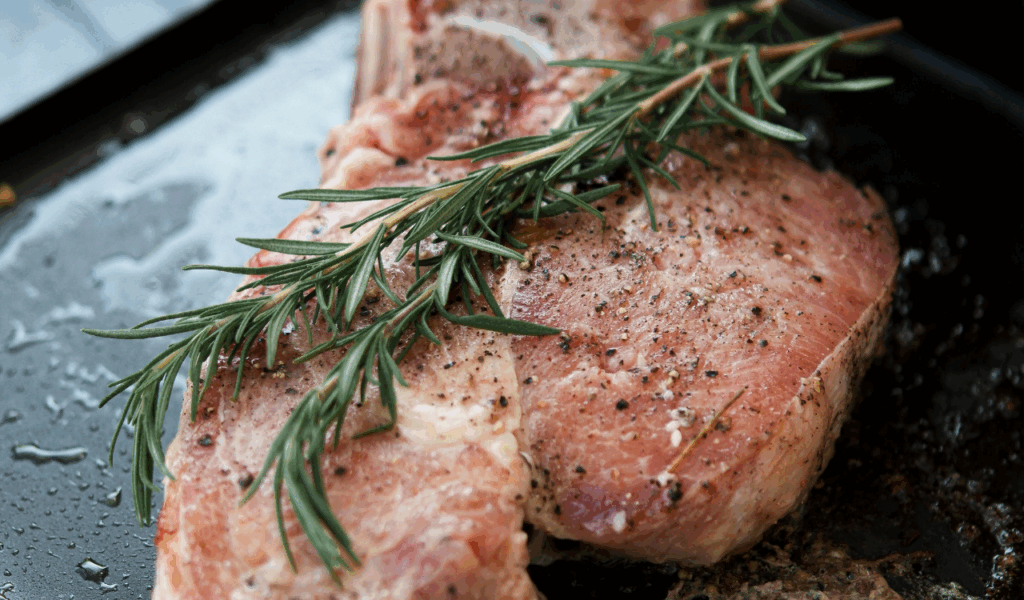
Grease can be caught, flare-ups can be avoided, and the cooking surface can be protected with grill mats or perforated non-stick liners. They let fats and juices run off without coming into contact with a hot surface or pan bottom, which could burn them. In addition to reducing smoke, the mats can aid in creating grill marks. Make sure the mats are safe to use in an oven or grill and give them a thorough cleaning because residue can burn and produce smoke. These tools are especially helpful when grilling marinades or fatty meats that would otherwise drip untidily.
10. Keep Temperatures Moderate & Use Indirect Heat
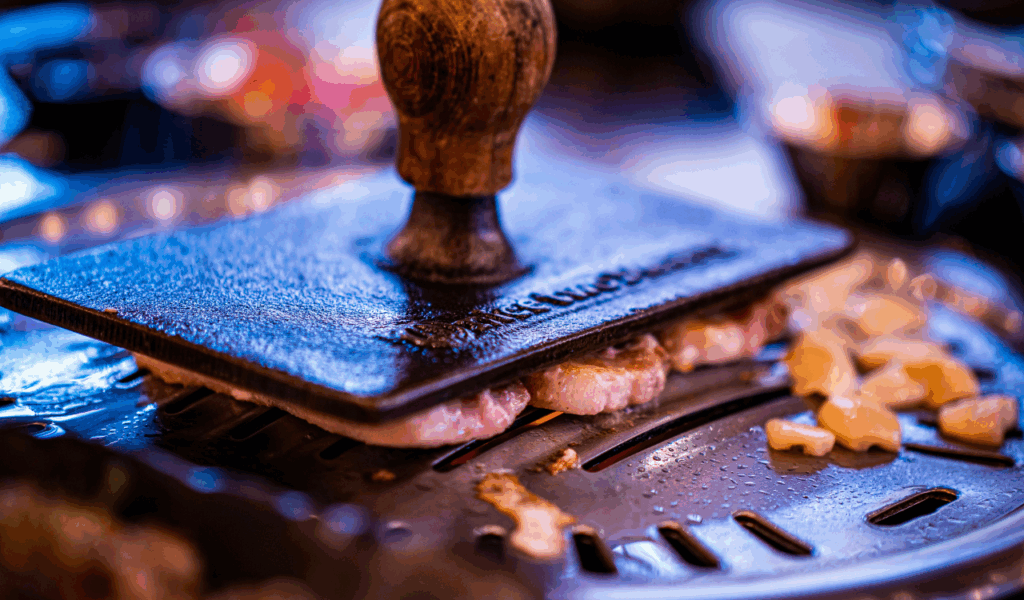
Smoking frequently occurs when fat or sugars burn on a hot pan or grill. More control is possible when using heat that is moderate to high but not full blast. For instance, sear the food at a higher temperature first to achieve char, and then transfer it to a cooler area (indirect heat or lower heat) to complete cooking. Use the hot spot and cooler spot zones if your oven or grill have them. This method lowers smoke and flare-ups without compromising food’s internal doneness and char.
11. Ensure Good Ventilation & Clean Equipment
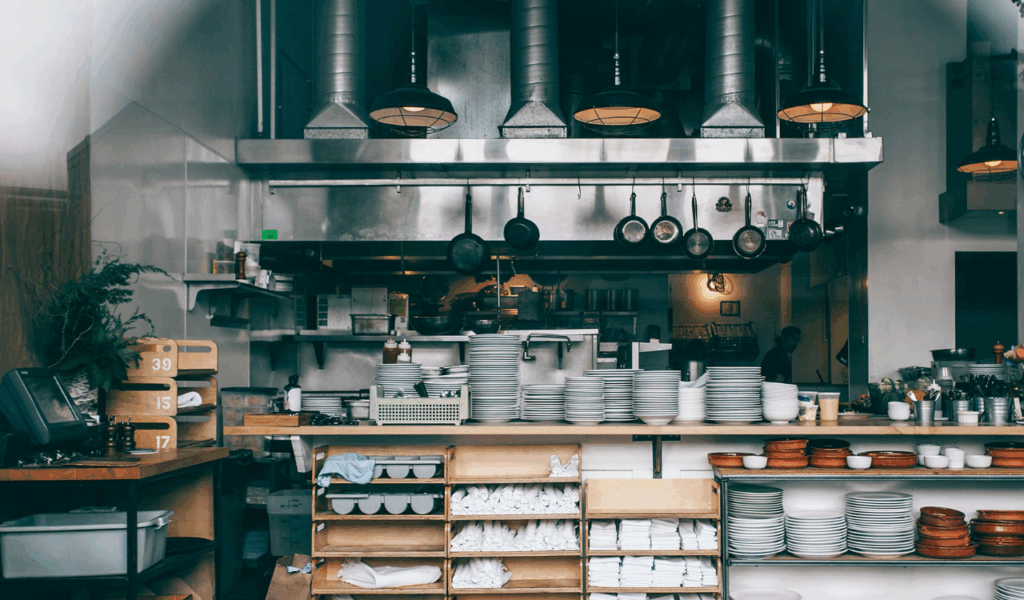
Even with all the precautions, smoke can accumulate if the equipment is dirty or the ventilation is inadequate. Always use the range hood, open the windows, and use fans if you can. Grease accumulation is a major contributor to smoke, so clean indoor grills and grill pans on a regular basis. Clean the oven racks, foil, and broiler pans as well. Hood filters will not work as well if they are dirty. Smoke drama can be greatly reduced by making small adjustments like wiping up spills right away, allowing racks to soak, and making sure drip trays are cleaned after every use.
12. Try Recipes Built for Smokeless or Minimal Smoke Grilling
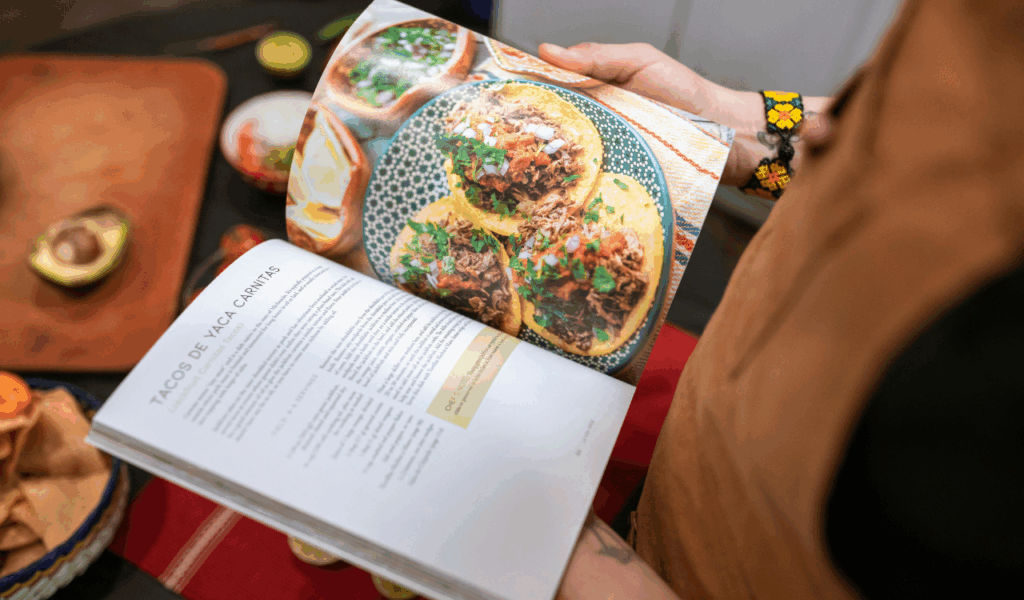
Pick low-smoke grilling recipes that have been specially created or tested. Lean proteins, vegetables that cook quickly, lighter marinades, and brief exposure to high heat are frequently used in these. Examples include lean chicken skewers with herbs, fish tacos with little oil, grilled fruit desserts, and grilled vegetable quesadillas. Seek out recipes designed for use in an indoor grill or broiler; many recipe websites offer “smokeless indoor grill recipes” that include peppers, eggplant steaks, chicken kabobs, and other dishes. When prepared as intended, these provide a consistent flavor with little smoke.
